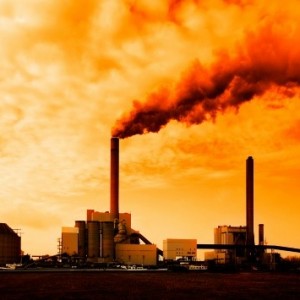2016 UPDATE… 2015 WAS THE HOTTEST YEAR EVER RECORDED! Here is a great summary from USAID of this most serious news.
PROJECT GREEN AND GREY Climate Basics 
From the Environmental Protection Agency’s Website, September 15, 2015
Climate change is happening
Our Earth is warming. Earth’s average temperature has risen by 1.4°F over the past century, and is projected to rise another 2 to 11.5°F over the next hundred years. Small changes in the average temperature of the planet can translate to large and potentially dangerous shifts in climate and weather.
The evidence is clear. Many places have seen changes in rainfall, resulting in more floods, droughts, or intense rain, as well as more frequent and severe heat waves. The planet’s oceans and glaciers have also experienced some big changes – oceans are warming and becoming more acidic, ice caps are melting, and sea levels are rising.
Humans are largely responsible for recent climate change
Over the past century, human activities have released large amounts of CO2 and other greenhouse gases into the atmosphere. The majority coming from burning fossil fuels to produce energy, although deforestation, industrial processes, and some agricultural practices also emit gases into the atmosphere.
Greenhouse gases act like a blanket around Earth, trapping energy in the atmosphere and causing it to warm. This phenomenon is called the greenhouse effect and is natural and necessary to support life on Earth. However, the buildup of greenhouse gases can change Earth’s climate and result in dangerous effects to human health and welfare and to ecosystems. Choices we make today affects the amount of greenhouse gases we put in the atmosphere for years to come.
 Climate change affects everyone
Climate change affects everyone
Our lives are connected to the climate. Humans have adapted to the relatively stable climate we have enjoyed for several thousand years. A warming climate brings changes that can affect water supplies, agriculture, power and transportation systems, the natural environment, and even our own health and safety.
Some changes are unavoidable. CO2 can stay in the atmosphere for nearly a century, so Earth will continue to warm in the coming decades. The warmer it gets, the greater the risk for more severe changes. Although it’s difficult to predict the exact impacts of climate change, it’s clear that the climate we are accustomed to is no longer a reliable guide for what to expect in the future.
We can reduce the risks we will face from climate change. By making choices that reduce greenhouse gas pollution, and preparing for the changes that are already underway, we can reduce risks from climate change. Our decisions today will shape the world our children and grandchildren will live in.
You can take action. You can take steps to reduce greenhouse gas emissions and the risks associated with climate change. Many of these steps can save you money; some, such as walking or biking to work can even improve your health! You can also get involved on a local or state level to support energy efficiency, clean energy programs, or other climate programs.
